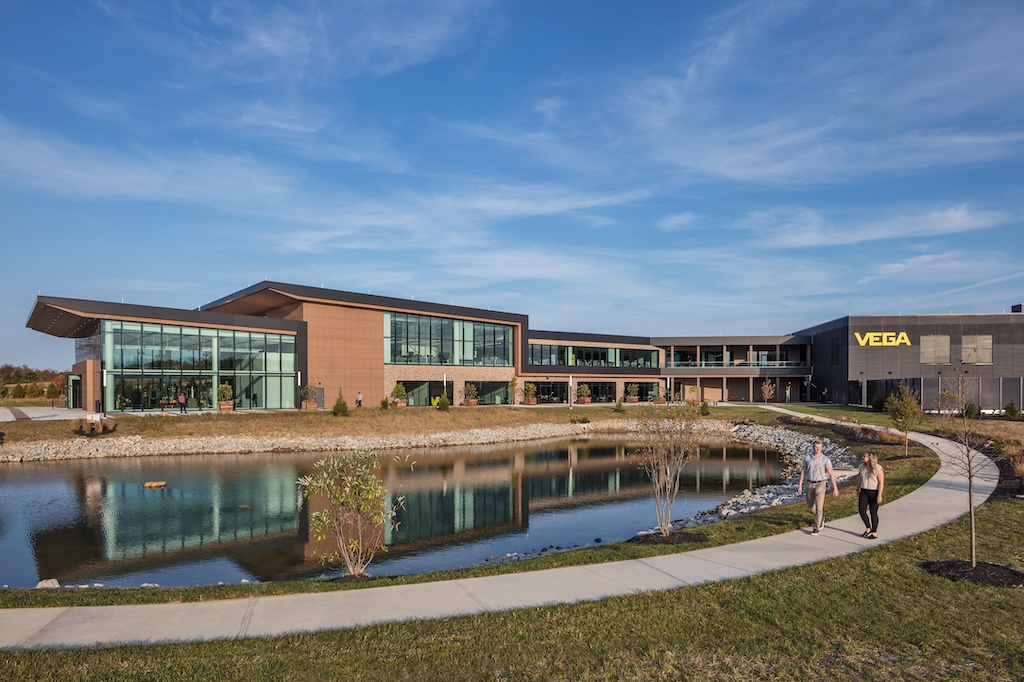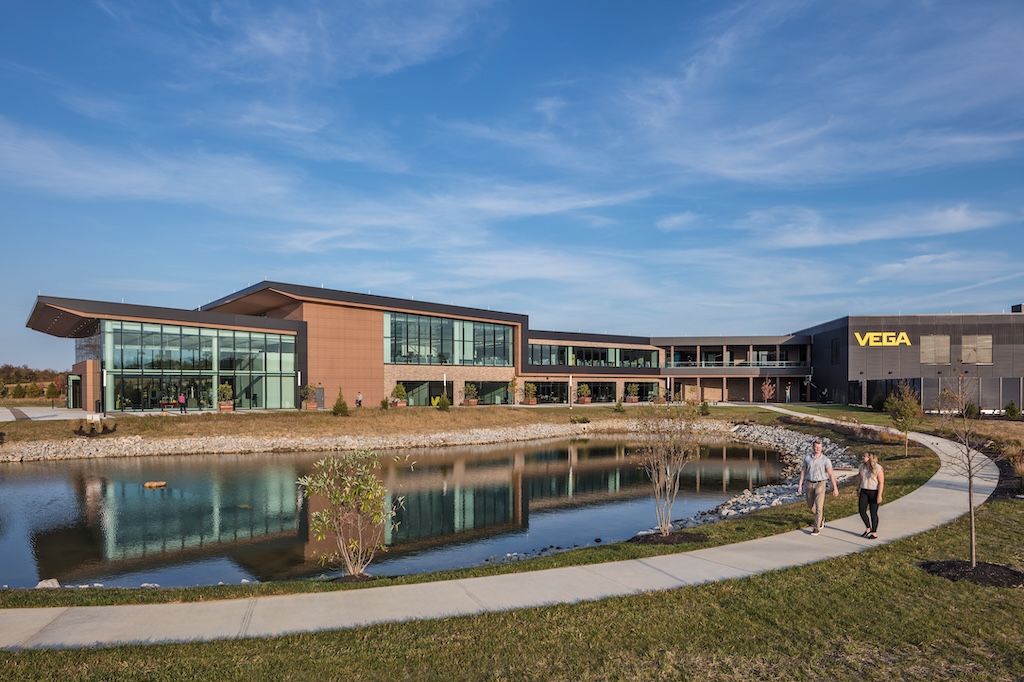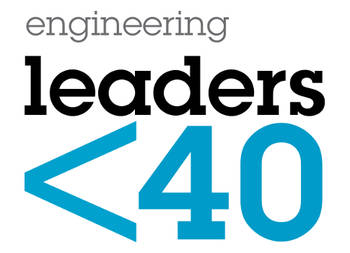What does supply chain management (SCM) mean? If you direct this question to someone in the corporate boardroom, manufacturing, distribution or information technology, the answer would sound something like this: “It is about the seamless flow of goods from supplier to customer. It includes all business entities or links in the production and distribution of goods. It seeks to optimize the flow of goods in the supply chain by fostering collaboration and integration between each link in the chain.”
If you ask plant engineering the same question, you might get a similar answer. But you’d also stand a good chance of hearing this retort: “SCM has nothing to do with plant engineering.” The plant engineer might admit that, as a procurer of equipment and MRO inventory, plant engineering is an end link in a supply chain. But even given this acknowledgement, there aren’t many plant engineers willing to concede that SCM significantly impacts the way they do business.
It is easy to dismiss the impact of the supply chain on plant engineering. SCM’s primary focus appears to be inventory. It concentrates on the production and distribution of raw materials, component inventory, and finished goods. Plant engineering is a support function. Its primary functions and best practices appear to be the same regardless of how deeply the enterprise delves into SCM.
Plant engineering is also an insular function. It does not operate in a vacuum, but plant engineering is usually not considered integral to the production and distribution pipeline. Although it interacts with other organizational entities, in most companies it is not an integrated component of production and distribution.
Plant engineering information tools are also inward looking. CMMS/EAMS provide excellent support for maintenance activities, but they don’t usually look beyond the boundaries of the maintenance department. They may be interfaced to corporate purchasing and accounting systems, but they are usually not integrated into the enterprise’s planning and execution systems.
Say “yes” to supply chain
So, should plant engineering be concerned about supply chain? The answer is an emphatic yes . SCM is more than a passing fad. It is an evolving philosophy and process driven by competition and technology. It is changing the way businesses operate internally and externally. Although it may not be common knowledge or commonly accepted, plant engineering is a key component in any supply chain equation.
The supply chain is about a lot of things. It is about giving customers what they want, when they want it, for a price that works for both the customer and supplier. It is about made-to-order products and reduced cycle times. It is about partnerships between suppliers and customers. It is about a pipeline that encompasses multiple entities in which an individual can be both a supplier and customer. What happens in one link affects not only adjacent links, but also the links upstream and down.
Plant engineering and maintenance is chartered with keeping individual links functioning. But these links cannot function independently. In the old “make-to-stock” world, excess inventory and long lead times cushioned companies against internal and supplier-related outages. In today’s quick response world, these cushions do not exist.
Customer expectations mean that manufacturers and suppliers must offer more and more products and product variations. But high stock levels are opportunities for obsolescence. A successful supply chain delivers goods and materials within the customer’s timeframe. Global competition dictates that weak links will be replaced.
The pressure to increase equipment uptime is a natural byproduct of SCM. However, competition means that maintenance must be executed in the most cost-efficient manner. Maintenance budgets affect the bottom line. Under SCM, plant engineering finds itself in familiar territory: do more with less .
Integration means collaboration, visibility
But there is more to SCM for plant engineering than this contradictory condition. SCM is also about integration. We tend to confuse interaction and interfacing with integration. Interaction and interfacing are about reaction. Point A passes a request for information to Point B to act on. Integration is about collaboration and visibility. Links in the supply chain closely coordinate their activities. They see what is happening in other links in the supply chain.
Visibility and collaboration are vital components of SCM. Their importance to plant engineering can be illustrated by maintenance, repair, and operation supplies. The efficient nature of SCM makes us want to run our inventories as lean as possible. We avoid stocking noncritical parts whenever possible. Ideally, we order parts and have them delivered as needed, such as for a planned maintenance procedure.
We shouldn’t confuse e-commerce with SCM. Electronically ordering parts does little good in scheduling a planned maintenance project when we have no idea if the supplier has them in stock or how long it will take to deliver them. When we place an order, we want our suppliers’ stock levels and expected delivery dates to be visible to us. Ideally, we would like to be instantaneously alerted to any anticipated shipping or delivery problems. We also would like to be able to track the item from tendering to the carrier to final delivery. And we want these capabilities provided in an efficient, unobtrusive manner that seamlessly feeds our planning processes.
This is visibility and collaboration. However, we shouldn’t restrict our thinking to the end of the supply chain. Our production and distribution operations commit resources that are directly affected by what is happening in maintenance. If we have an unexpected outage or if we are planning to take down a system for planned maintenance, shouldn’t the production planning processes be notified as seamlessly as in the electronic parts ordering process? Shouldn’t plant engineering and maintenance be visible to the happenings in production and distribution as production and distribution activities are visible to plant engineering and maintenance?
Remove the boundaries
Although we can’t control many of the maintenance activities that occur, numerous jobs allow latitude in scheduling. If we are visible to and collaborate with the rest of the organization, we schedule these tasks according to the demands of the supply chain. From an SCM perspective it may make sense to perform a maintenance activity earlier than planned.
The demands of the marketplace will not even allow us the luxury of restricting visibility and collaboration to our own operations. In his book, No Boundaries – Moving Beyond Supply Chain Management , Jim Tompkins addresses a major deficiency in current SCM practices. He observes: SCM tends to focus on optimizing the processes between adjacent links. But the supply chain is really a river through which flow goods and materials from the headwaters to an ultimate termination point. Obstacles upstream or downstream can dramatically impede the flow through our stretch of river or throughout the entire supply chain. Maintenance is a key component in keeping the river running smoothly.
Tompkins calls for organizations to look beyond their adjacent links and embrace a more holistic approach that encompasses the entire supply chain from original raw material suppliers to the final finished goods customers. He calls this approach supply chain synthesis (SCS). The world is moving that fast. What happens in one link affects the entire supply chain. Companies that fail to grasp this concept risk their position and the success of their entire chain.
The supply chain and SCS are not easy concepts for plant engineers to embrace. In addition, current supply chain practices and software generally do a poor job of integrating maintenance into the supply chain. But global competition and our changing world will not allow the supply chain and plant engineering to remain apart much longer. It is time to break down the boundaries.
Tom Singer is an information technology consultant who specializes in designing, developing, and implementing systems solutions that meet client operational needs. He has worked both as a developer and integrator of CMMS solutions. He is a project manager with Tompkins Associates, a total operations consulting firm headquartered in Raleigh, NC. He can be contacted by phone at 630-472-1524 or by e-mail at [email protected].
Supply chain management software
Integration, flexibility, and reduced processing time place a heavy burden on the information systems used to support supply chain management. SCM software includes a variety of packages that support the production and distribution of goods and materials. These packages typically fall into six categories:
1. Enterprise resource planning (ERP). ERP packages support the financial, cost accounting, human resources, purchasing, and other corporate functions needed to drive the supply chain.
2. Advance planning system (APS). APS packages are used to plan how product demand is fulfilled. They help determine whether product should be manufactured or fulfilled from an existing source in the company’s distribution network.
3. Order management system (OMS). OMS packages capture and manage customer orders.
4. Manufacturing execution system (MES). MES packages manage what is happening on the shop floor and in production. They track manufacturing activities and resources in near real-time.
5. Warehouse management system (WMS). WMS packages help manage activities within the walls of a warehouse or distribution center. They support receiving, storage, picking, and shipping.
6. Transportation management system (TMS). TMS packages manage inbound and outbound shipments. They help users select carriers, plan loads, schedule shipments, and manage freight charges.
The boundaries between these categories are not fixed. It is not uncommon to find an ERP package that offers OMS and MES capabilities or a WMS that provides some TMS functionality. Because SCM demands tight integration, SCM software providers tend to bundle varying categories of software into comprehensive SCM suites. More information on this topic is available in “The Brave New World of Supply Chain Software” (Modern Materials Handling, October 1999, www.mmh.com).
Most SCM software vendors do not address plant engineering and maintenance management issues directly. However, changes are starting to appear. For example, Lilly Software’s ( www.lillysoftware.com ) visual manufacturing package contains a plant maintenance module. This solution gives seamless visibility of maintenance activities to other SCM planning and execution functions.


